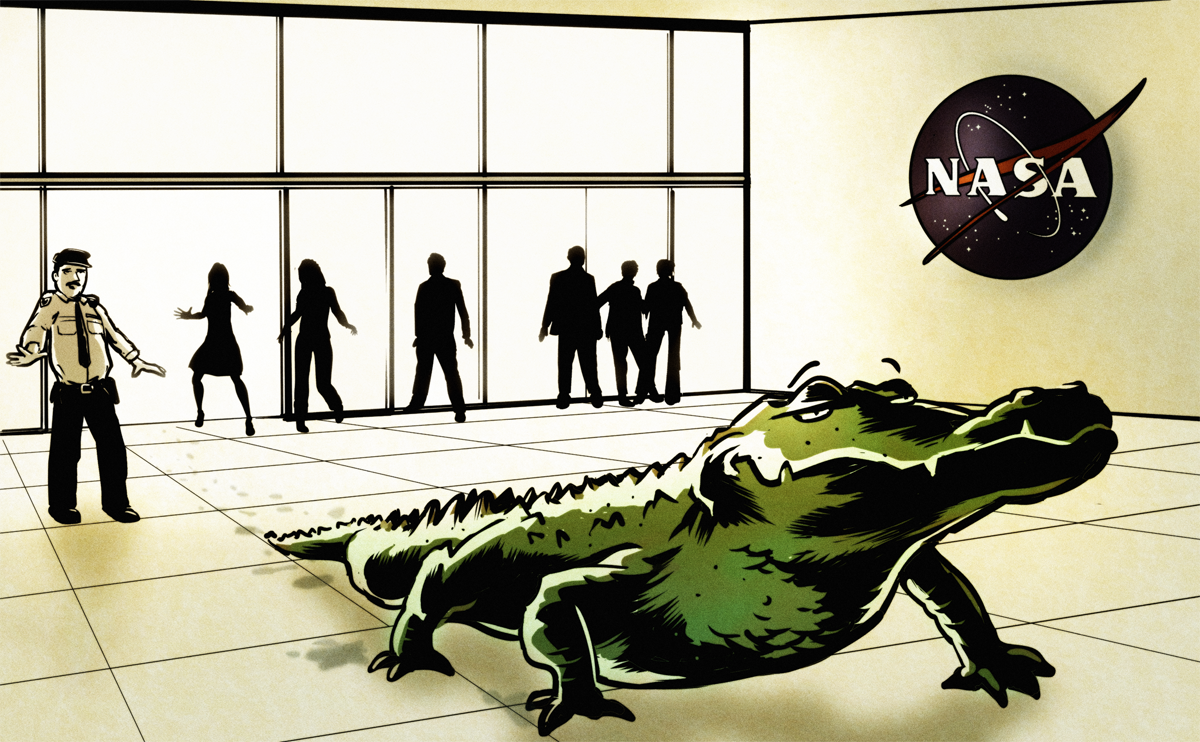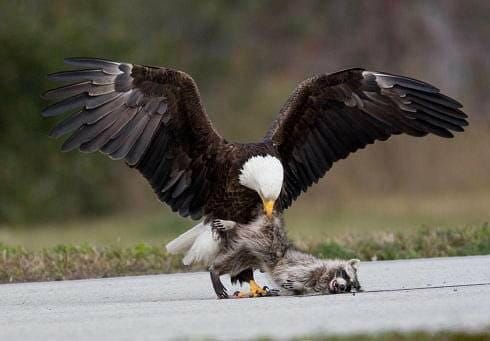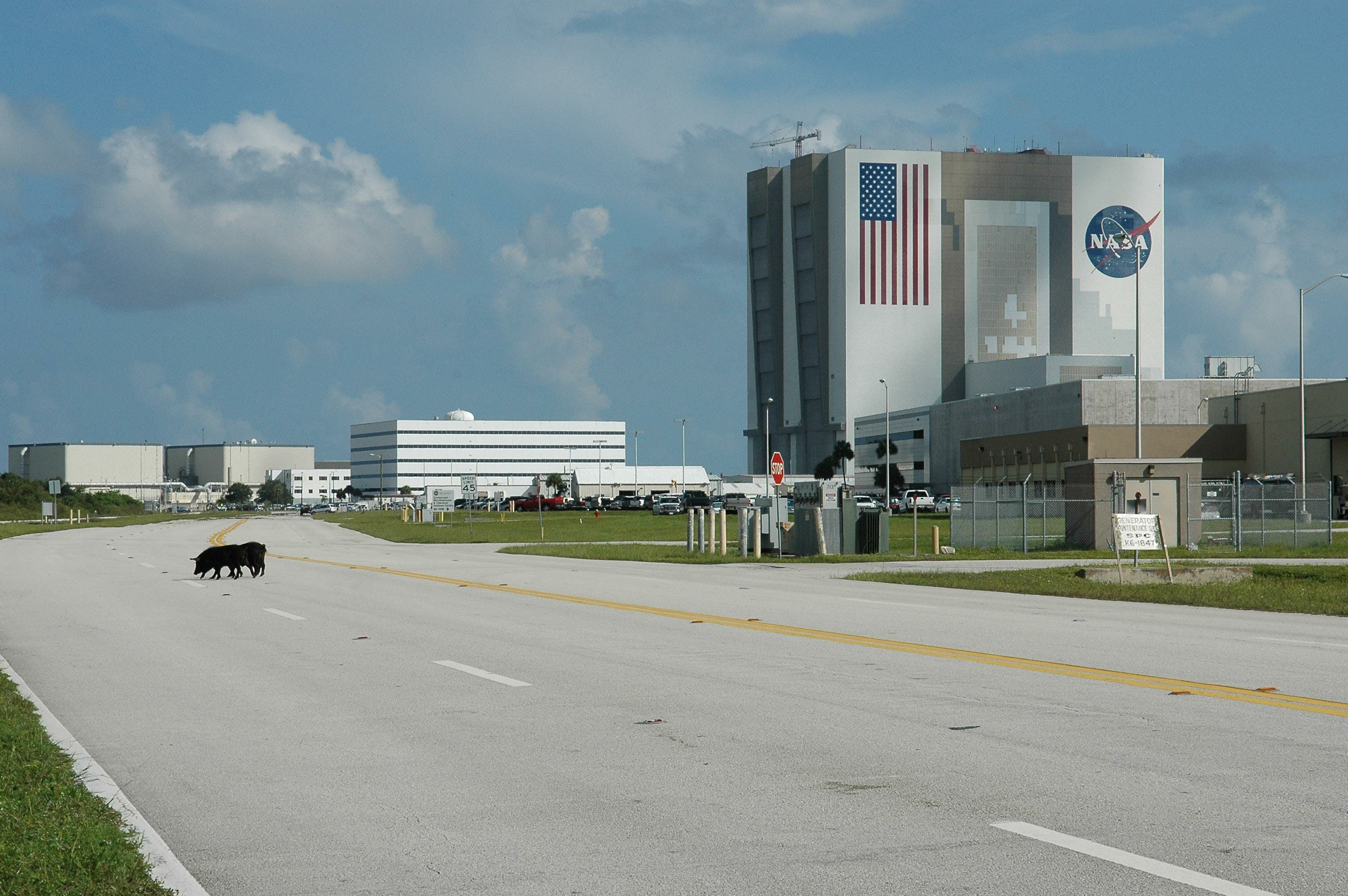Gators and Rattlers and Buzzards and Boars: The Wild Side of NASA’s Campus
With the ease of say, New Yorkers griping about train delays, NASA employees discuss encounters with boars and bald eagles, raccoons and rattlesnakes, bobcats and buzzards. It’s a wild place.





